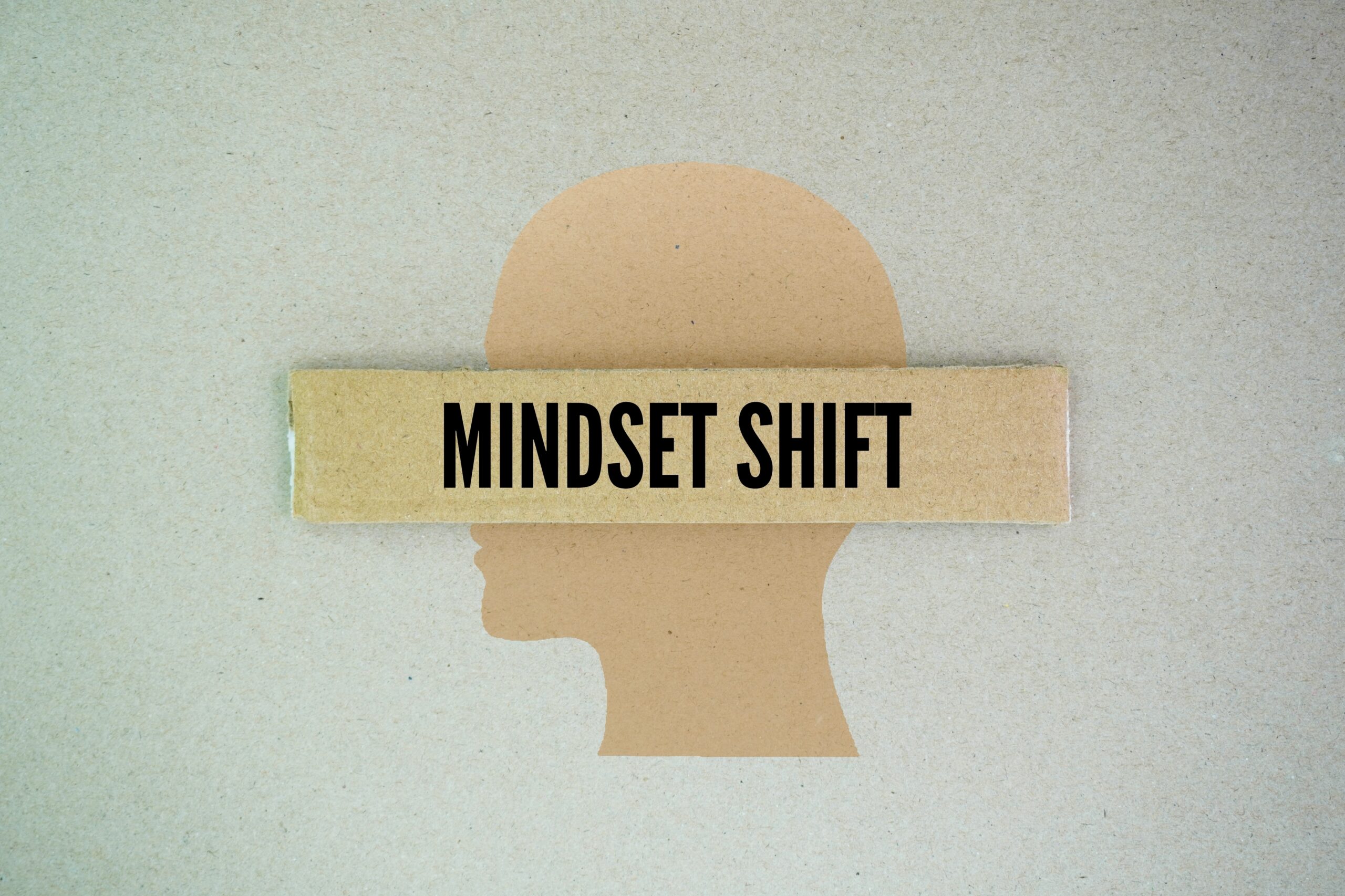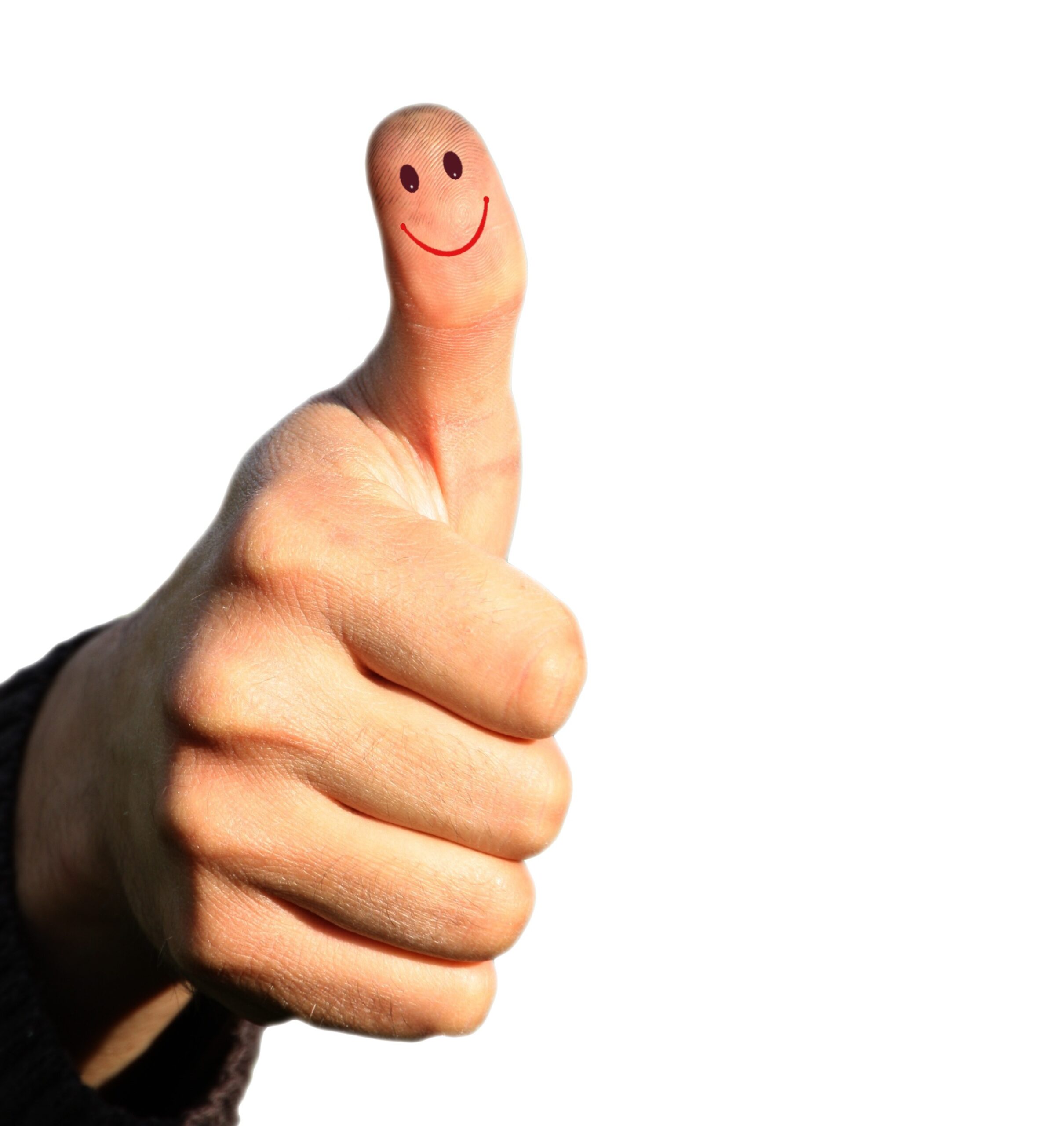Interviews for a lot of people bring on some level of stress and anxiety in professional life. For individuals who live with clinical anxiety – whether that’s generalized anxiety disorder, panic disorder, or social anxiety, the challenges of interviewing go far beyond ordinary nervousness. What many people experience as temporary butterflies can, for others, feel like a storm of racing thoughts, body tension, and fears that spiral into worst-case scenarios.
As an integrative career mental health therapist, I encounter this challenge repeatedly with clients. The client wants to grow professionally, land new opportunities, and showcase their true skills – but anxiety often feels like a wall standing in the way. The good news is that with preparation, therapeutic tools, and a holistic approach, it is entirely possible to navigate interviews in ways that support both your career goals and your mental health.
In this post, I’ll explore how clinical anxiety intersects with interview preparation, and I’ll share strategies drawn from therapy, neuroscience, and holistic wellness that can help you prepare with compassion and confidence.
Understanding Clinical Anxiety in the Context of Interviews
What Makes Interviews So Anxiety-Provoking?
Interviews combine many of the classic triggers for anxiety:
- Uncertainty: You can’t predict every question.
- Performance pressure: There is little room for perceived mistakes.
- Evaluation: You’re being observed and judged.
- High stakes: A job offer can impact financial security, identity, and future.
For someone with clinical anxiety, these elements may amplify existing tendencies toward catastrophizing, rumination, or physical hyperarousal. Your nervous system may interpret the interview as a threat rather than an opportunity.
How Can Anxiety in the Body Show Up In Interviews?
From a polyvagal perspective, anxiety reflects a nervous system that shifts into states of fight, flight, freeze, or fawn. Before an interview, you might notice:
- Racing thoughts, difficulty concentrating, or going blank.
- Rapid heartbeat or shallow breathing.
- A sense of dread or the urge to avoid the situation entirely.
- Sweaty palms, trembling hands, or a dry mouth.
- Unconsciously trying to over-please the interviewer to regulate their own bodily stress.
Naming these experiences as physiological responses can help externalize anxiety and open space for supportive strategies.
Step One: Reframing the Interview Mindset
 Shifting From Self-Judgment to Self-Compassion
Shifting From Self-Judgment to Self-Compassion
An important therapeutic principle is that anxiety thrives on self-criticism. When preparing for interviews, I encourage clients to soften the inner critic. Instead of “I’ll embarrass myself if I stumble,” we try reframing as “Interviews are hard for many people. I’m doing my best, and imperfection is human.”
Interviews as Conversations, Not Auditions
Cognitive-behavioral therapy (CBT) reminds us that thoughts shape emotions. Many anxious clients see interviews as auditions where they must “perform flawlessly.” I encourage a shift: an interview is a mutual exploration. You are also evaluating whether the role and culture support your wellbeing. This perspective helps rebalance power and reduce the sense of being under a microscope.
Step Two: Therapeutic Preparation Practices
CBT often uses cognitive rehearsal which is imagining a feared scenario and practicing responses. When using CBT with clients who have clinical anxiety, practices we may include are:
- Script bullet-point answers using the STAR method (Situation, Task, Action, Result).
- Practice aloud in session
- Write out potential questions.
Rehearsal not only prepares your answers but also desensitizes your nervous system to the stress of being “on the spot.”
Exposure in Safe Steps
For those with social anxiety, graded exposure can be powerful. Start with smaller exposures: record yourself answering one question on video. Then progress to a mock interview with someone you trust or practice in session with me. Each step builds tolerance and confidence.
Sometimes, with graded exposure, utilizing EMDR (Eye Movement Desensitization and Reprocessing) or utilizing ART (Accelerated Resolution Therapy) can be very helpful. Running through future potential interview scenes with EMDR or ART can help the brain desensitize negative images and strengthen positive ones.
Visualization and Somatic Anchors
Integrative career counseling often combines successful interview imagery with body awareness. Before an interview, visualize yourself entering the room grounded and calm. Pair this with a somatic anchor, such as holding a grounding object in your pocket or pressing your feet firmly onto the floor, to signal safety to your nervous system. EMDR and ART can also assist in the process of pairing somatic body sensations with positive cognitive thoughts and cognitive interweaves tailored to enhance interview success.
Step Three: Lifestyle Routines Before Interviewing (but these may be helpful in managing anxiety all the time)
Anxiety doesn’t just have an impact on our nervous system and our mental thought processes; it can also have a significant effect on our physical body, too. Attending to physical and lifestyle factors can reduce anxiety symptoms around interviews greatly. Our nervous system isn’t just our brain; it is throughout our physical body.
Sleep and Circadian Rhythm
 Poor sleep exacerbates anxiety symptoms. In the days leading up to your interview, prioritize your sleep hygiene: wind down without screens, maintain a consistent bedtime, and incorporate relaxation practices such as gentle stretching or journaling.
Poor sleep exacerbates anxiety symptoms. In the days leading up to your interview, prioritize your sleep hygiene: wind down without screens, maintain a consistent bedtime, and incorporate relaxation practices such as gentle stretching or journaling.
Nutrition and Hydration
Blood sugar crashes can mimic or worsen anxiety symptoms. Eat meals that are nourishing and calming to your nervous system and body (this can be different for everyone). Stay hydrated and limit caffeine intake if it causes jitteriness or nervousness.
Movement and Breathwork
Exercise helps regulate stress hormones and supports a healthy mood. A brisk walk or yoga sequence the morning of your interview can prime your body for steadiness. Pair this with breathwork, such as diaphragmatic breathing, to counter shallow anxious breaths if this helps. For some individuals with a trauma background, certain breathwork can increase anxiety, so practice breathwork as a technique before the day of the interview. If it increases anxiety instead of decreasing it, you will want to put other forms of relaxation in place.
Step Four: Managing Symptoms in the Moment
Even with preparation, anxiety can sometimes come up right before or during the interview itself. Having tools ready is helpful and can feel like a safety net if anxiety does arise during the actual interview. If the below tools do not resonate with you, or for some with a trauma history this may actually increase anxiety, other approaches can be explored in career counseling sessions to see what does specifically and uniquely work for you.
Box Breathing for Regulation
Practice box breathing (inhale for 4 seconds, hold for 4 seconds, exhale for 4 seconds, hold for 4 seconds) while waiting in the lobby or virtual waiting room. This technique activates the parasympathetic nervous system, promoting calm and stillness.
Mindful Pauses
If your mind blanks, pause. Take a breath, sip water, or say, “That’s a great question – let me take a moment to make sure I include all the information pertaining to your question, so I provide a full robust answer .” For most interviewers, they find pausing signals thoughtfulness, not weakness. If you find the interviewer is impatient and may see this as a sign of weakness, you may want to ask yourself if this is a company you want to work for. This may be a result of the interviewer’s personality or approach to interviews, or it may be more representative of the company culture.
Externalize, Don’t Internalize
If anxiety symptoms appear (sweating, shaking hands), remind yourself: These are anxiety symptoms, not evidence of incompetence. Most interviewers are far less focused on your nervousness than you are.
Step Five: Integrating Therapeutic Models
Polyvagal Informed Practices
Use grounding techniques to signal safety to your nervous system – like humming quietly before the interview, which activates the vagus nerve and supports social engagement.
 Clients who have used EMDR to process negative interview experiences or negative belief systems around interviews may benefit from activating resource states before an interview. Visualize a calm place or bring to mind a time you felt competent, using bilateral stimulation (tapping alternately on your knees or crossing your arms and tapping alternately on your shoulders) to reinforce the positive state. Bilateral stimulation for many can help strengthen resource states more strongly than just visualization or positive cognitive affirmations.
Clients who have used EMDR to process negative interview experiences or negative belief systems around interviews may benefit from activating resource states before an interview. Visualize a calm place or bring to mind a time you felt competent, using bilateral stimulation (tapping alternately on your knees or crossing your arms and tapping alternately on your shoulders) to reinforce the positive state. Bilateral stimulation for many can help strengthen resource states more strongly than just visualization or positive cognitive affirmations.
Mindfulness and Acceptance
Acceptance and Commitment Therapy (ACT) encourages allowing anxious feelings instead of battling them. Before your interview, acknowledge: Anxiety is here. That’s okay. I can still interview really well. This stance reduces secondary anxiety about the anxiety itself.
Step Six: Practical Career Preparation
Beyond therapeutic work, interviews still require professional readiness. Anxiety eases when you feel concretely prepared. Listed below are some basic career preparation steps. For a more detailed look at how I help clients prepare for interviews, please read this blog post.
Research the Role and Organization
Learn about the company’s mission, values, and culture. This not only helps you tailor answers but also reduces the uncertainty that fuels anxiety.
Prepare Behavioral Stories and Career Narratives
Choose stories from your past roles that highlight your strengths. Practice adapting them to different questions. Having a mental library of stories reduces the fear of being caught off guard.
Plan Logistics in Advance (This is really important practical advice for reducing anxiety)
Lay out your interview clothes, plan your route or test your technology, and block off time to arrive early. Practical preparation creates mental space for emotional regulation.
Step Seven: After the Interview
Gentle Debrief
Anxiety often spikes afterward, replaying every perceived mistake. Instead of ruminating, schedule a 15-minute reflection window. Write down what went well, what you learned, and what to adjust next time. When clients jot this down, we use these notes in session to prepare for future interviews if needed.
After the 15-minute reflection window, deliberately shift your attention to more restorative activities.
Rituals of Closure
Create a ritual to mark the end of the interview: a walk, a grounding meditation, or calling a supportive friend. This signals to your nervous system that the event is complete, reducing lingering anxiety. This may sound silly or unnecessary, but some of my clients have mentioned this is the most important tool they have utilized. Before or during the interview, envisioning that a ritual of closure is coming helps reduce anxiety during the interview.
Reframing Success

The ultimate goal is not to eliminate anxiety completely – that’s rarely realistic. Instead, success looks like showing up despite anxiety, using tools to stay regulated, and engaging authentically. Each interview you attempt is progress.
Remember: you are more than your anxiety. You bring skills, values, and humanity to the conversation. With preparation, self-compassion, and integrative support, you can step into interviews as the full, resilient version of yourself.
Preparing for an interview when you live with clinical anxiety requires more than rehearsing answers. It needs tending to your nervous system, reframing your mindset, and weaving together therapeutic and practical strategies. From polyvagal grounding to mock interviews, from breathwork to professional research, every layer contributes to a sense of steadiness.
If you have clinical anxiety (or feel you may have anxiety) and have interviews coming up you feel overwhelmed by, please book a phone consult to see if my career counseling and anxiety treatment may be helpful.


